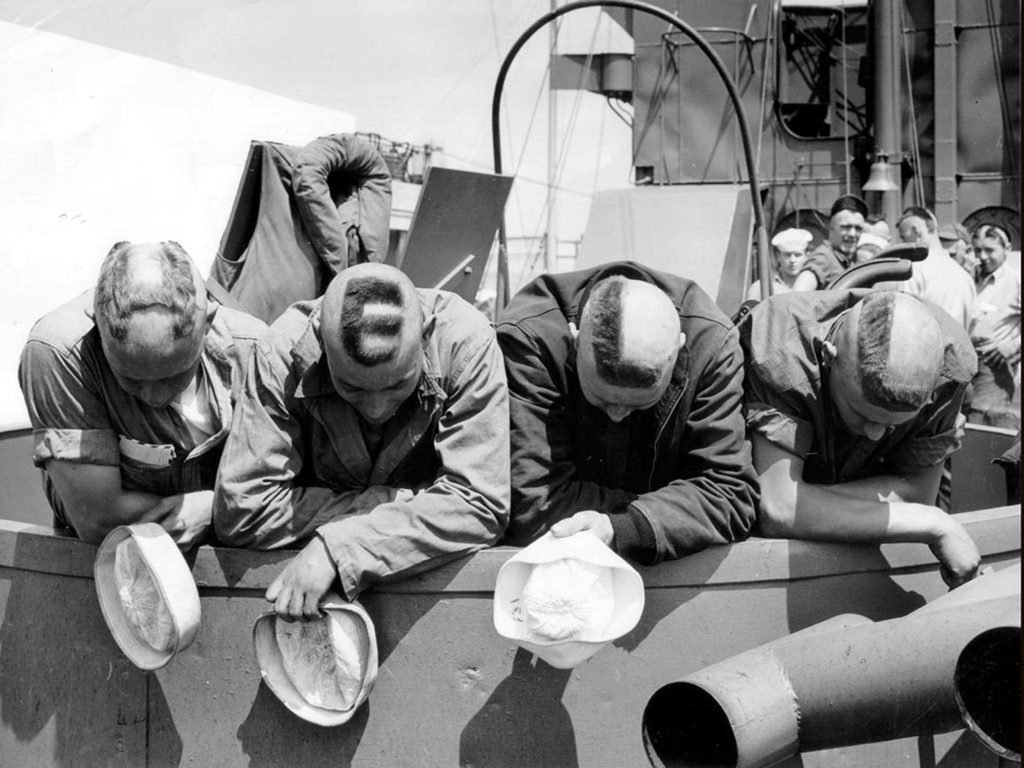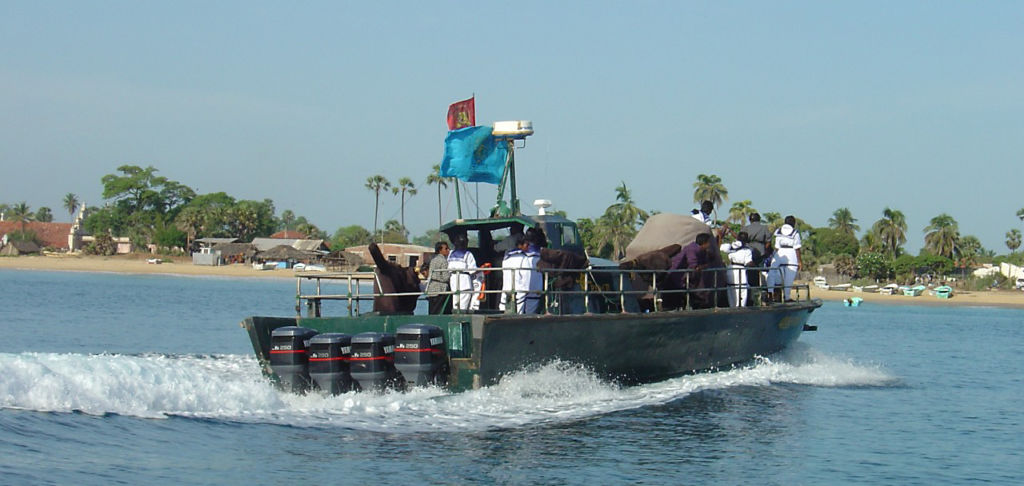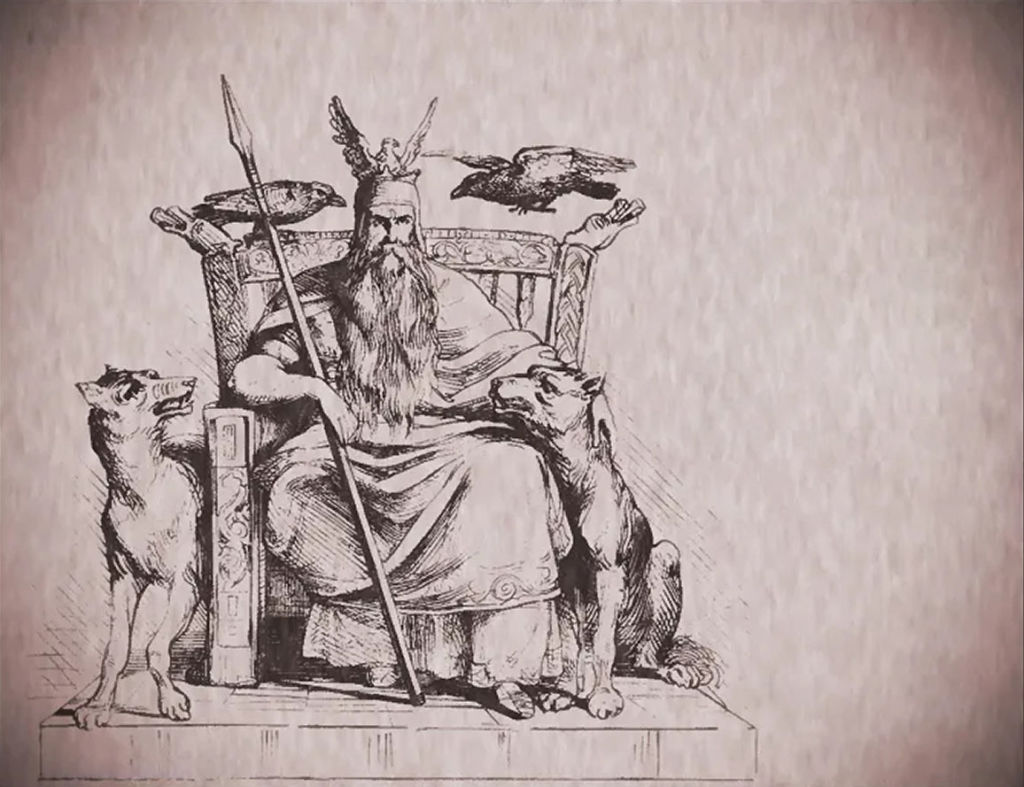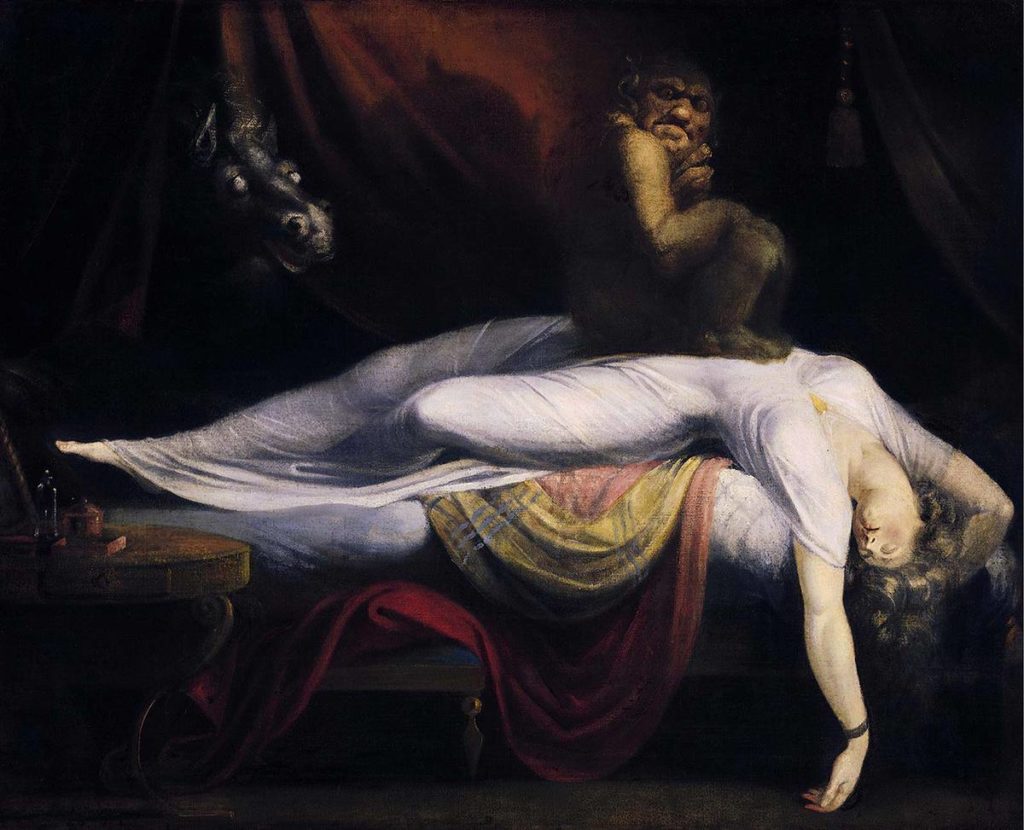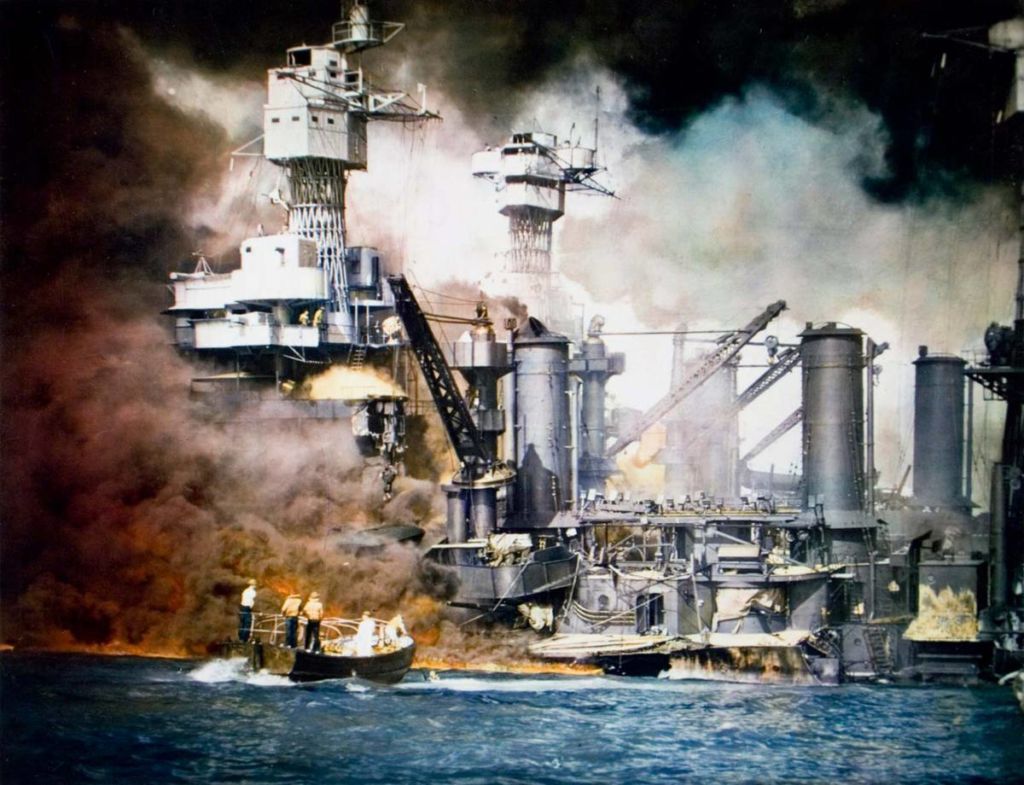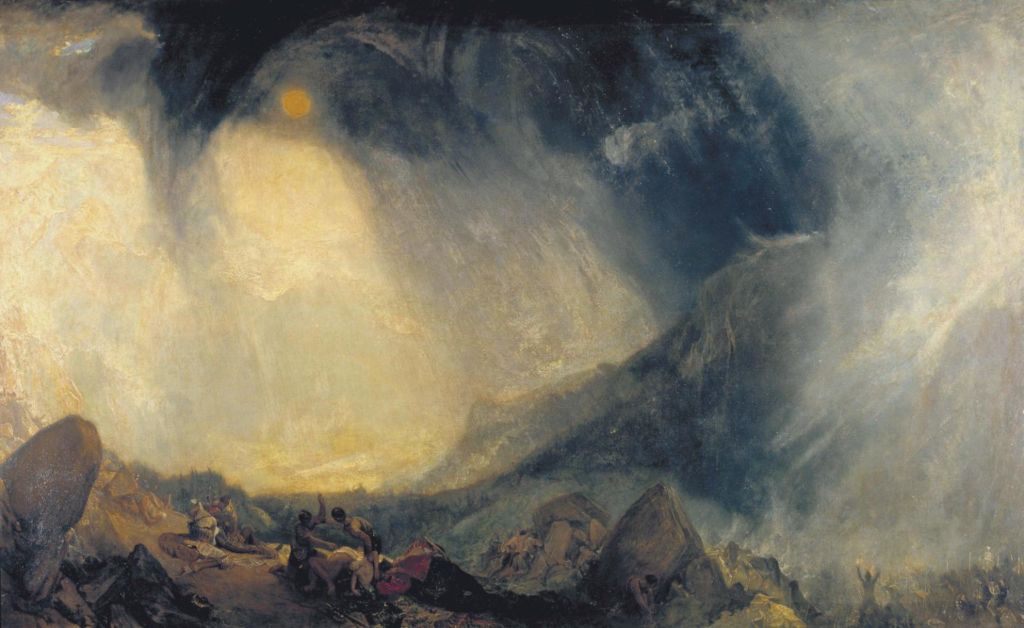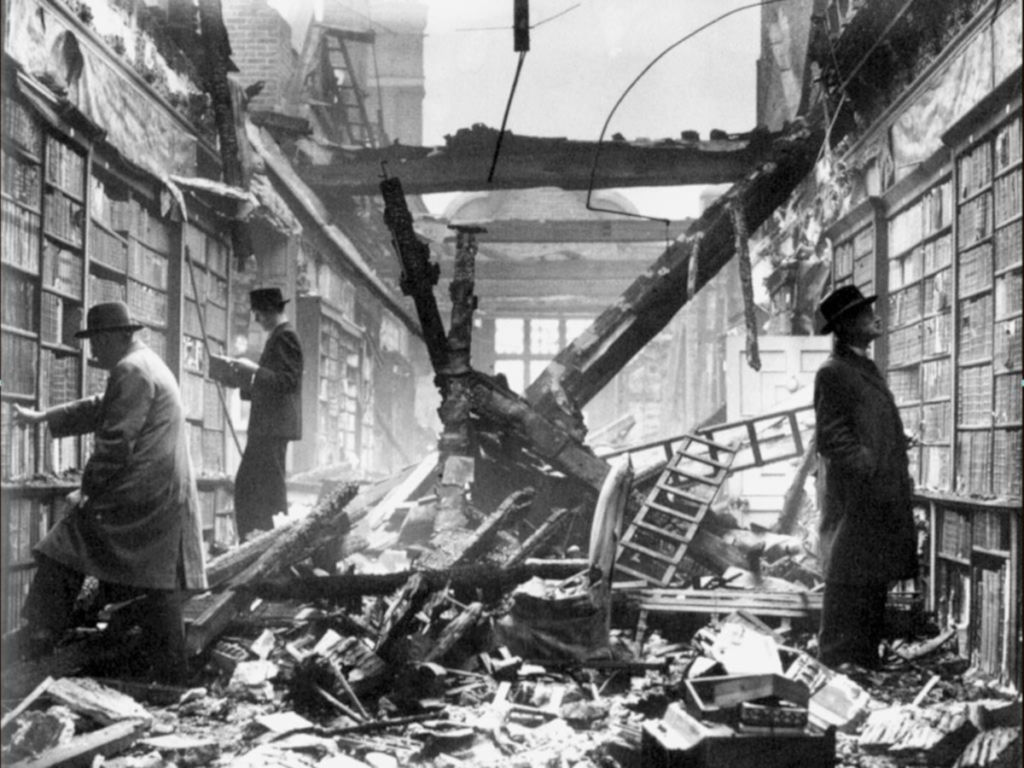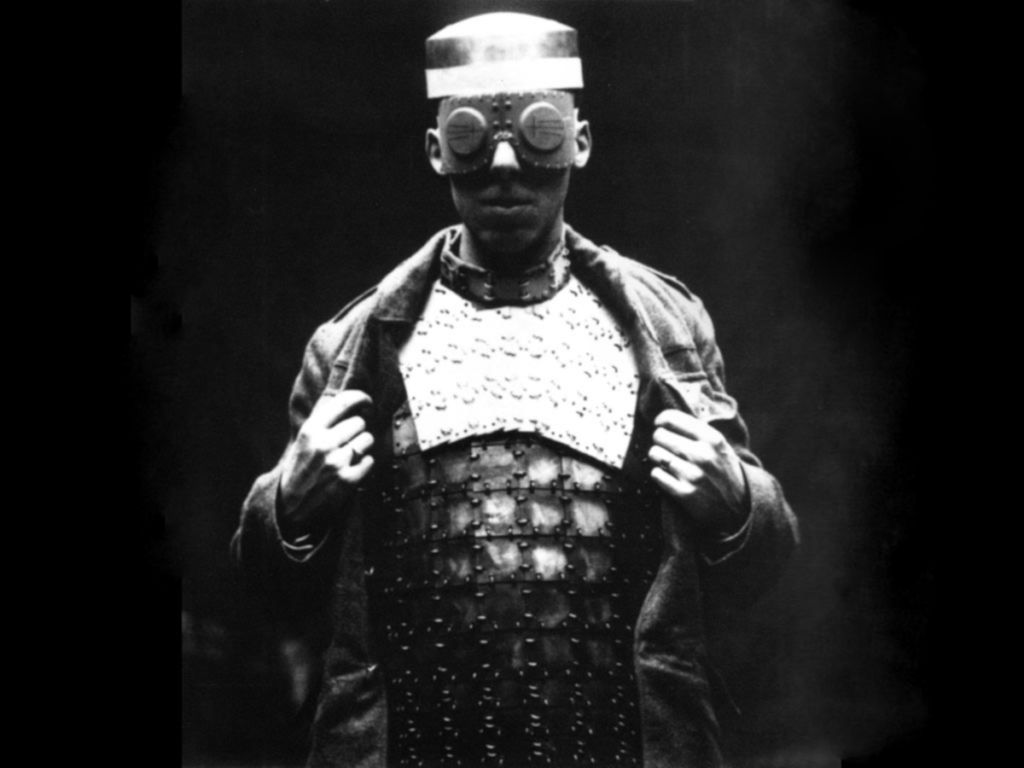Starting in September 2020, once a month Switch (on Paper) will publish an excerpt from Jean-Yves Jouannais’ Encyclopédie des guerres (The Encyclopedia of Wars). What started out as an experiment in oral literature is gradually taking the form of a book, scheduled for release in 2030. Until then, we would like to bring you a few excerpts, published here in alphabetical order like the entries in a vast atlas of wars. Today’s entry is S for Storm (of steel).
“Ivan does not spare his ammunition, the atmosphere has a high steel content, so to speak.”
Hans-Ulrich Rudel, Stuka Pilot, translated from German by Max Roth, Éditions Corréa, Paris, 1951, p. 53
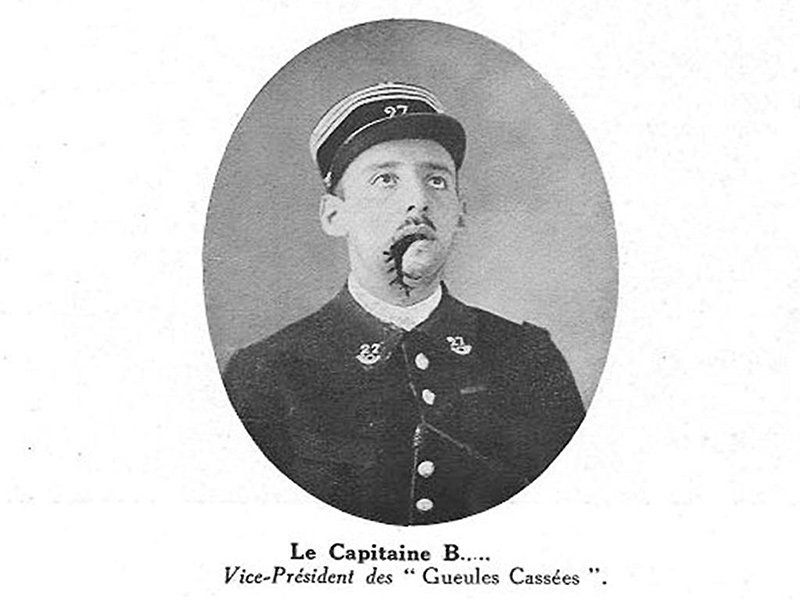
Captain B…, Vice-President of the “Broken faces” (wounded veterans)
The fate of cities on the Plains
And so Everlasting God rained sulfur and fire upon Sodom and Gomorrah; God himself sent the scourge from the sky. It destroyed both cities and the entire plain, along with all their inhabitants. The month of January, 2014: On the 7th, barrel bombs kill twenty civilians in the Douma neighborhood of Damascus. On the 12th, barrel bombs kill at least 15 people in Al-Bab. On the 14th, barrel bombs kill an undetermined number of people in the Damascus suburbs of Darayya, Arbin and Zabadani. On the 14th, a barrel bomb is left in the town Inkhil. On the 18th, barrel bombs kill at least 60 people in Aleppo. On the 22nd, barrel bombs are abandoned in Darayya. On the 25th, barrel bombs kill ten people in the industrial zones of Aleppo and Cheikh Najjar. On the 28th, a barrel bomb kills twenty-two people in Aleppo. On the 29th, barrel bombs kill at least sixty-two people in the neighborhoods Maadi and Salhin, south of Aleppo. On the 30th, barrel bombs kill at least 11 in Darayya.
A barrel bomb is a kind of explosive used by the Syrian air forces in rebel zones, including in urban areas and on the civilian population. According to an Amnesty International report published May 5, 2015, these explosive-barrel bombardments account for 11 000 civilian deaths since 2012. Each barrel, dropped from a helicopter, contains a TNT base with added potassium nitrate, gasoline and shrapnel. When the barrel explodes, this deadly shrapnel disperses at random, like a heavy rainfall, but one that includes a deluge of fire, snow mixed with molten lead, a hailstorm of steel razors.
Metalometeors
Whenever the first day of the German offensive on Verdun, February 21, 1916, is mentioned, it is usually described as a “veritable downpour of fire raining onto the frontline.” An image that lends itself, even if it is no more than a rhetorical, monochrome and coarsely-written vignette, to the caption: “From 7:15am till 4pm, forty batteries of 800 cannons bombarded the French trenches along a 30-kilometer front.” The bombardment was felt as far as Vosges, 150 km away. How else would one imagine a day of heavy rain in Calvi, with the sound and coolness of raindrops rippling throughout the continent, if not as a precipitation made of metal?
Heavy metal skies
The exoplanet WASP-76b is a hot Jupiter, a gas-giant F-type star in the Pisces constellation, 390 light years from our solar system. The day-facing surface temperatures can rise to over 2 400 degrees Celsius, enough to vaporize the metals that make up the planet. However, the night-facing side reaches only 1 500 Celsius, making it subject to violent, sweeping winds. In addition to this range in temperature, the planet’s chemistry also varies from one side to the next. The night-facing side shows a spectral signature for iron vapor (which reaches fusion at 1 538 degrees Celsius), but as David Ehrenreich, professor at the University of Geneva, explains: “Surprisingly, however, we do not see the iron vapor in the morning.” The reason being that “it is raining iron on the night side of this extreme exoplanet.” One could say that the planet “gets rainy in the evening, except it rains iron.” In Stalingrad, for six months and sixteen full days in 1942 and 1943, there was no meteorological boundary left between morning and night. There was only constant, intense, metallic rainfall. Like the atmosphere that Vassily Grossman depicts in Stalingrad, skies teeming with fighter jets, cargo planes and bombers “coming from the East and the West, from South and North,” creating a kind of metal roof over the city, a “caved-in sky, drooping under the weight of metal and explosives pulling it toward the ground, like when it rains and the sky is thick with dark and heavy rainclouds.”
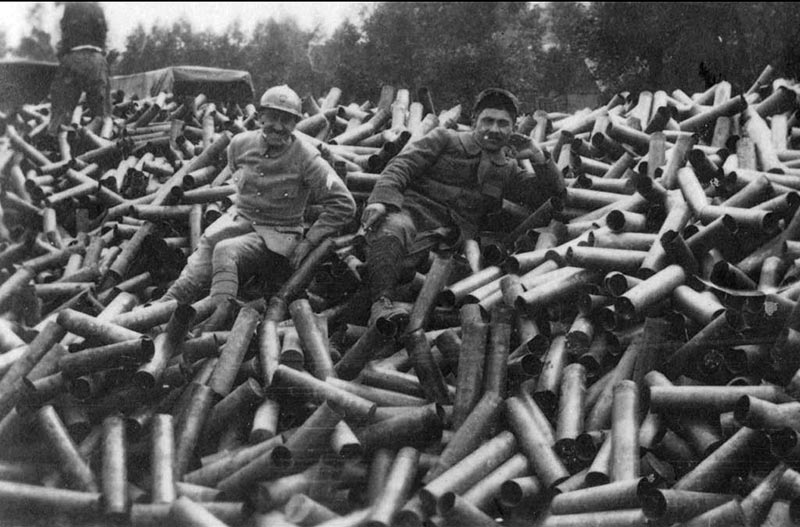
The “iron cloud” phenomenon
We owe the expression by the Spartan Dienekes at the Battle of Thermopylae to Herodotus. An emissary from Xerxes exhorts the Greeks to surrender. He claims that the Persian archers have such great numbers that when they release their arrows, the sun is blacked out. Dienekes is said to have responded, “Won’t it be nice, then we will fight in the shade!” A saying, that in its sobriety is practically laconic, stands as an insult to seductive eloquence and its propensity toward exaggeration. But beyond such rhetoric, it is tempting to interpret the tirade, which is as famous as it is legendary, as introducing a meteorology specific to the atmosphere of war, particularly the phenomenon known as “iron clouds”. As with any weather observation, the kind of precipitation should be accompanied by an indication of its intensity (light, moderate or heavy), as well as a measure of the afforded visibility: if intensity varies quickly and includes some clearings, the “iron cloud” may simply be called a “shower”.
An unusual hailstorm
In his book 1939-1945: Aerial War in La Vienne, Christian Richard describes the ground attacks carried out by the P-38 Lightning twin-boom fighter planes. He gathered many firsthand accounts from the time, and they were rather specific when it came to recreating sounds: “the growl of Allison V-1710-89/91 motors of 1475 ch.”; the detonation of 37mm shells with their characteristic high-volume burst reverberating through the air; aerodynamic sounds due to turbulence, audible mainly when turning. But above all, on several occasions, the accounts describe a sound that often goes unnoticed, un-echoed in literature or cinema: the metallic clanking of bullet casings as they rain down from the planes’ machine-guns onto mineral surfaces like concrete, tiles or cobblestone. “Eugene Archambault, born in 1873, was farming the fields on the southern camp border in Essars de la Chambue. When machine-gun and cannon casings started to rain down on him, he let go of his cart, detached the two cows and curled up in a trench to sit out the unusual hailstorm, waiting for it to end, listening for the matte and melodic music that accompanied it to stop.”

Barricade during the Paris Commune, 1871 © DR
On sagas
1/
For the ancient Irish, the word geis (plural gessa) meant either “taboo” or “prohibition”. The geis was the sole prism, framework and unit of value in a casuistic system that governed both superstition and customary law. The notion could also refer to a place or an object. It could be geis for someone to turn the left side of their chariot toward Emain Macha, the capital of Ulster Kingdom; just as it could be geis to grab a sword with the wrong hand. As a general rule, it encompassed all the restrictions imposed onto an individual person. And so it was geis for Fothad Canainne to drink beer without looking at the heads of his victims. It was geis for the fighter nicknamed “The Dog of Culann” to eat dog meat, just as it was geis for Conaire, whose father was a bird, to hunt birds. A treaty on the gessa of the Irish kings contains a few curious articles. It was geis for the king of Tara to cross Mag Cuilinn after sundown. It was geis for the king of Leinster to sojourn nine days in a row in Mag Cualann, or to sleep on the banks of river Dodder with one’s head to the side. It was geis for the king of Ulster to eat bull’s meat from Dàire Mac Dàire, or to kill a wild boar when the woodthrush sings. Everyone was subject to many other gessa: and many died from having transgressed them. As to the king of Connaught, an old law stipulated that it was geis for him to start any battle if the clouds above the battlefield were not “pregnant with the heavy hailstones” of arrows, blades, axes and other lead projectiles from the enemy.
2/
Julien Hervier was my comparative literature professor at the humanities department in Poitiers. It was 1986-1987, and I was studying for my undergraduate degree. He had not yet become the great translator of Ernst Jünger. Only later did he translate The Worker (1989), Letters to the Family from the Front (2016), Das Wäldchen 125 (2000), Fire and Blood: Brief Episode in a Great Battle (2003). However, 1986 was the year Julien Hervier published Interviews with Ernst Jünger through Gallimard. In class, he told us that while convalescing in his family home in Hannover, the German author was looking for a title to his war notebooks, and having himself read and admired The Red and The Black prior to the war, considered entitling them The Red and The Gray. But while reading some Scandinavian legends, in one of the war epics he came across the expression “storm of steel”, which tickled his fancy. Since our professor was meeting, talking with and interviewing the author of Storm of Steel throughout our time with him as students, it felt like Ernst Jünger himself was revealing to us the secret behind the title.
Go deeper
Cover picture: US Navy sailors at the rear firing position of the LCI(L)-88’s 20mm Oerlikon gun on embarkation in England.
